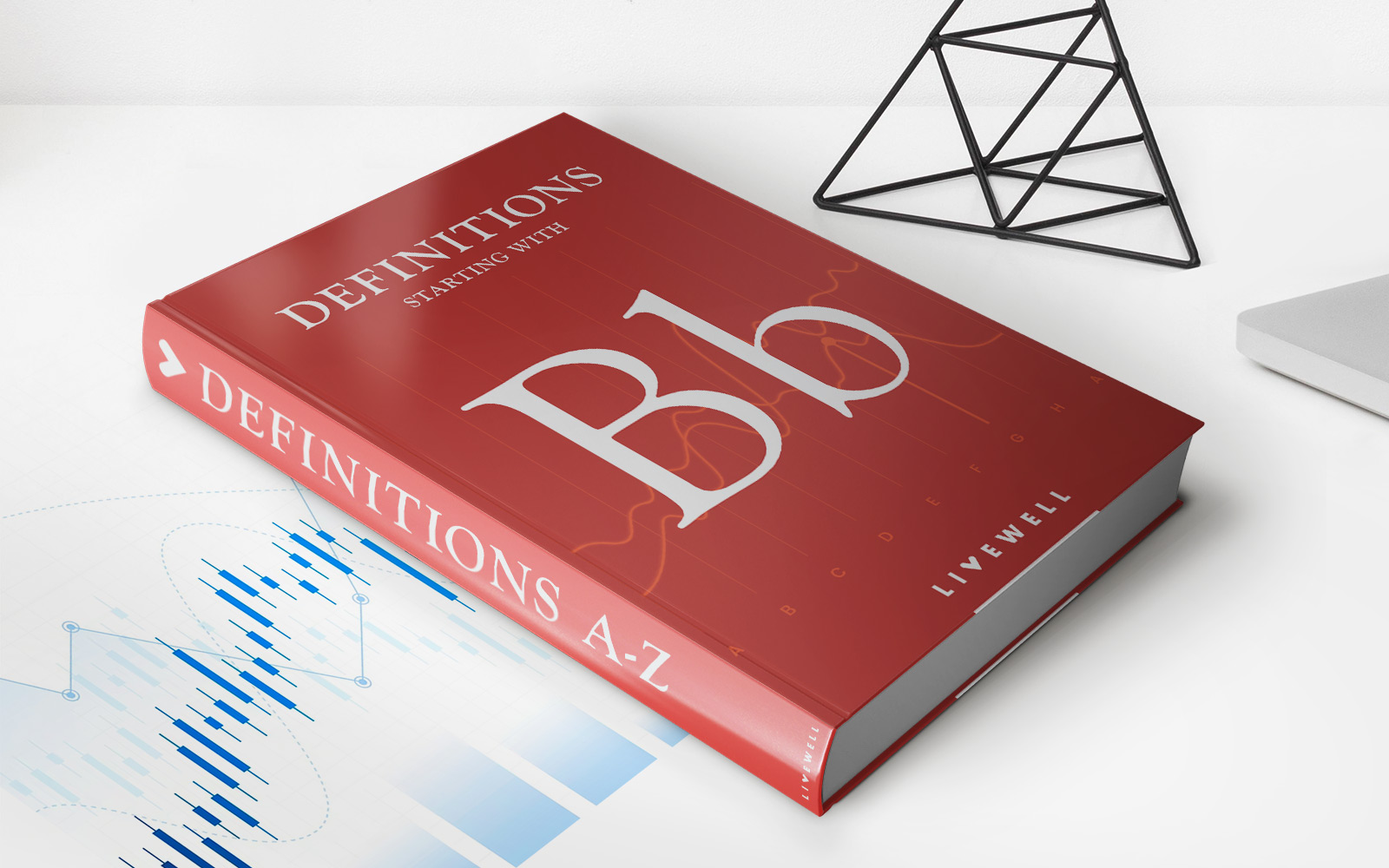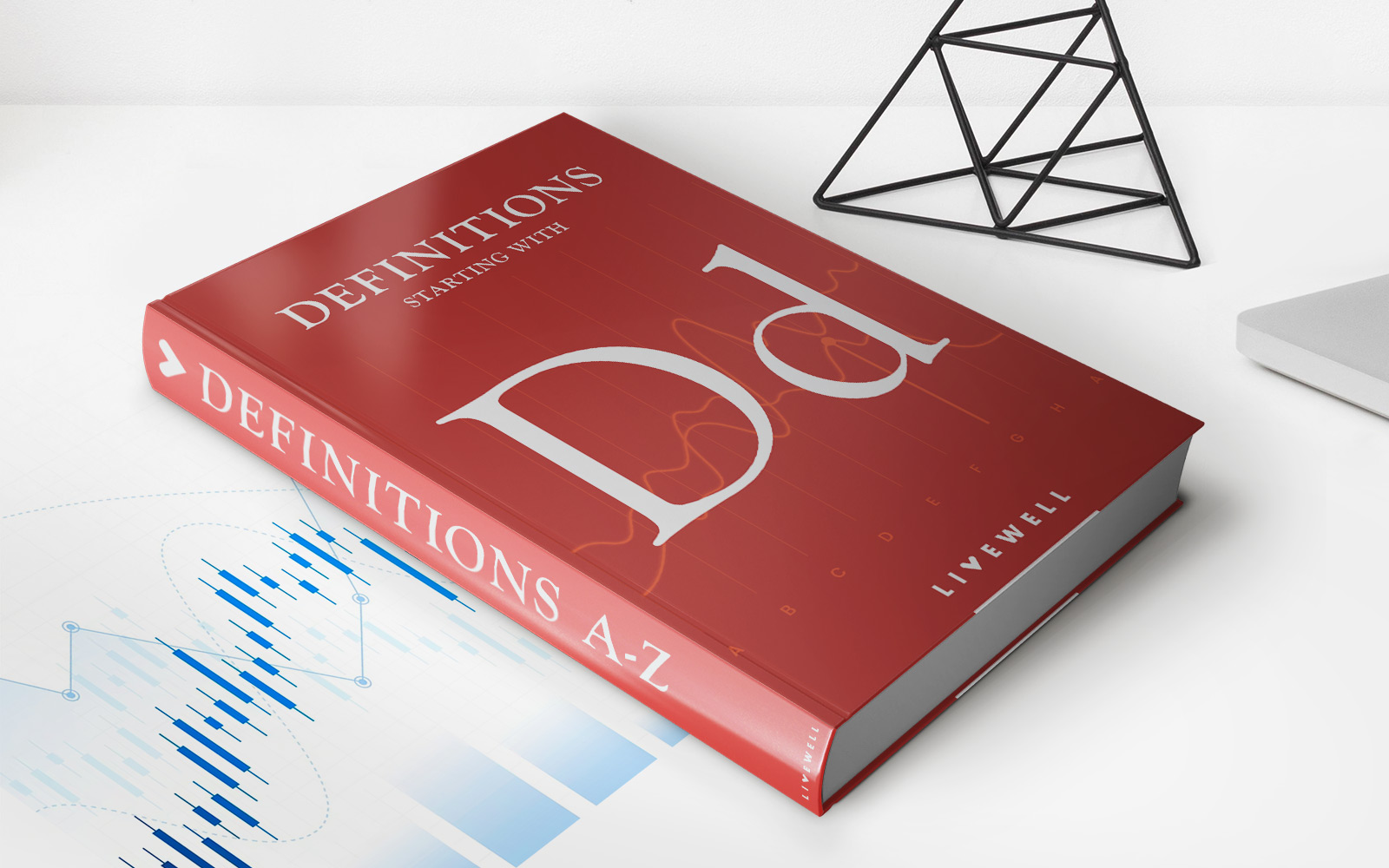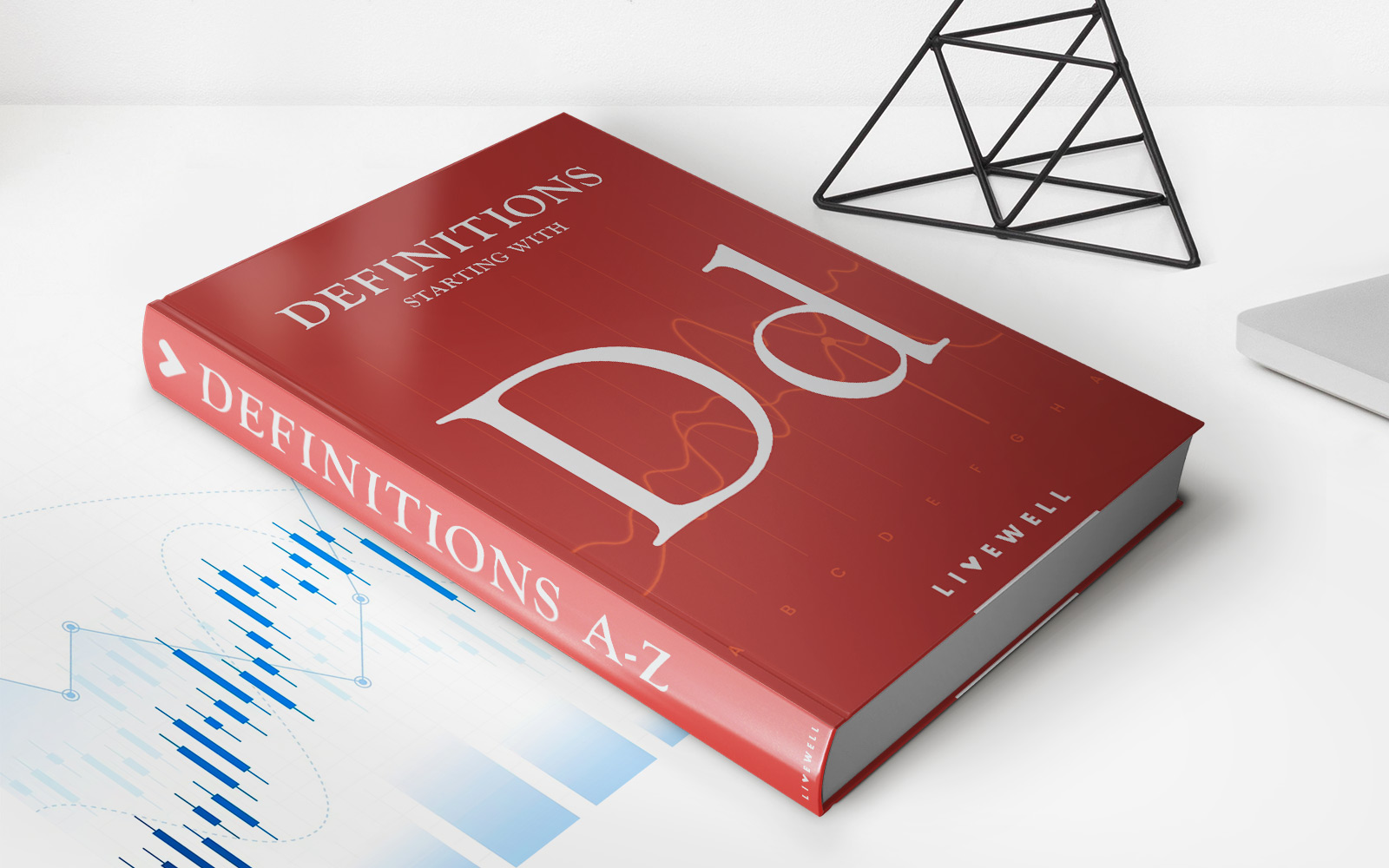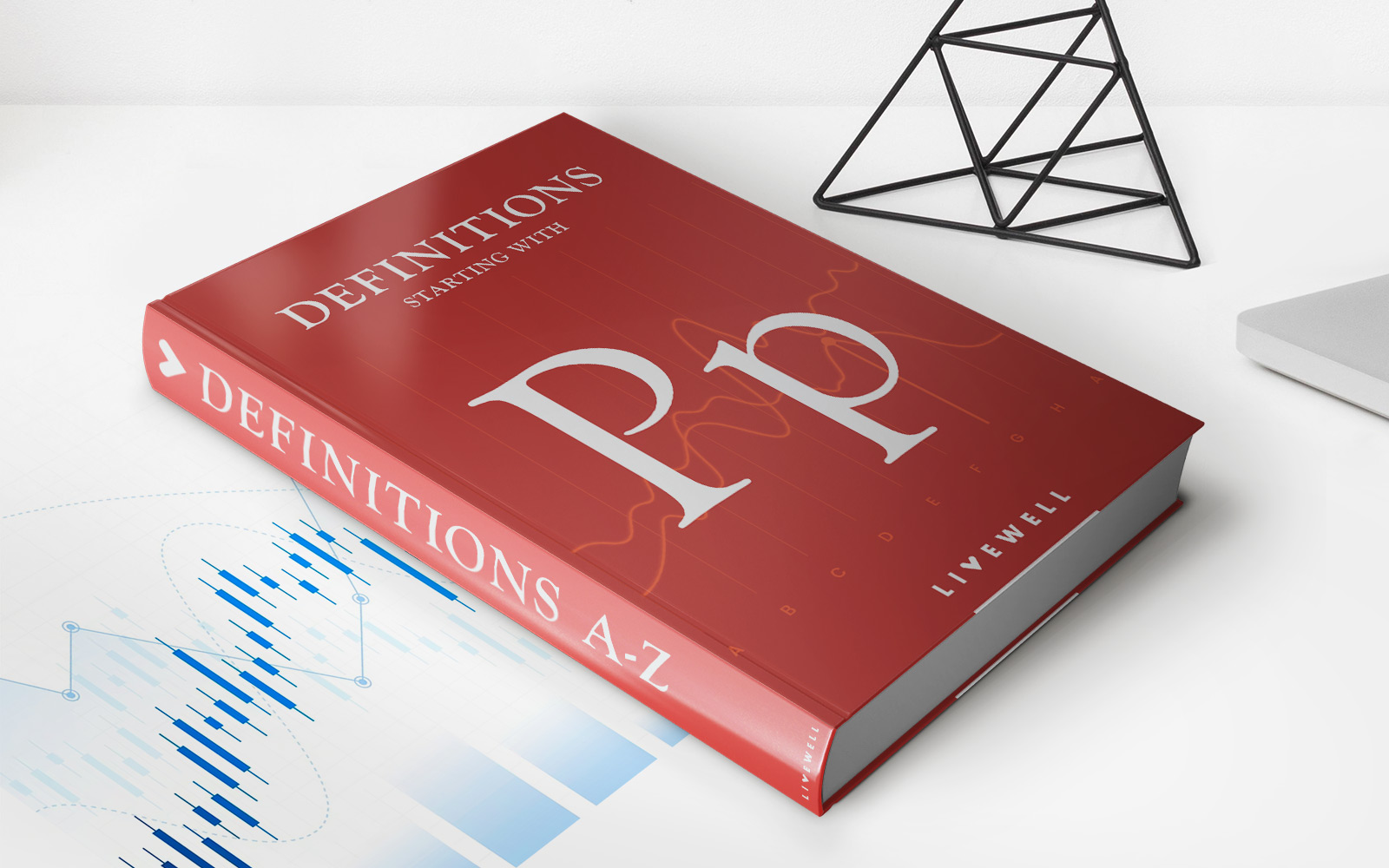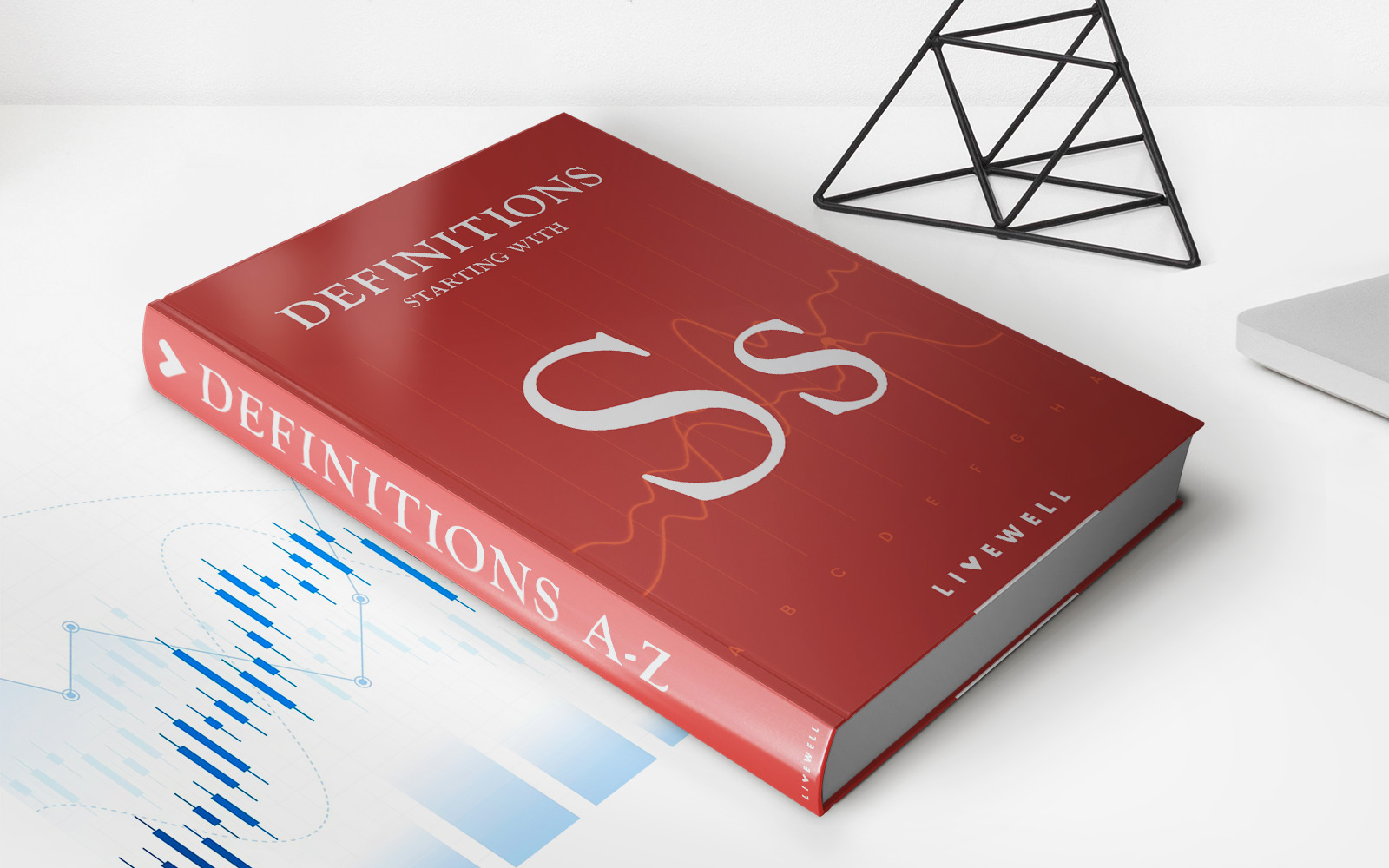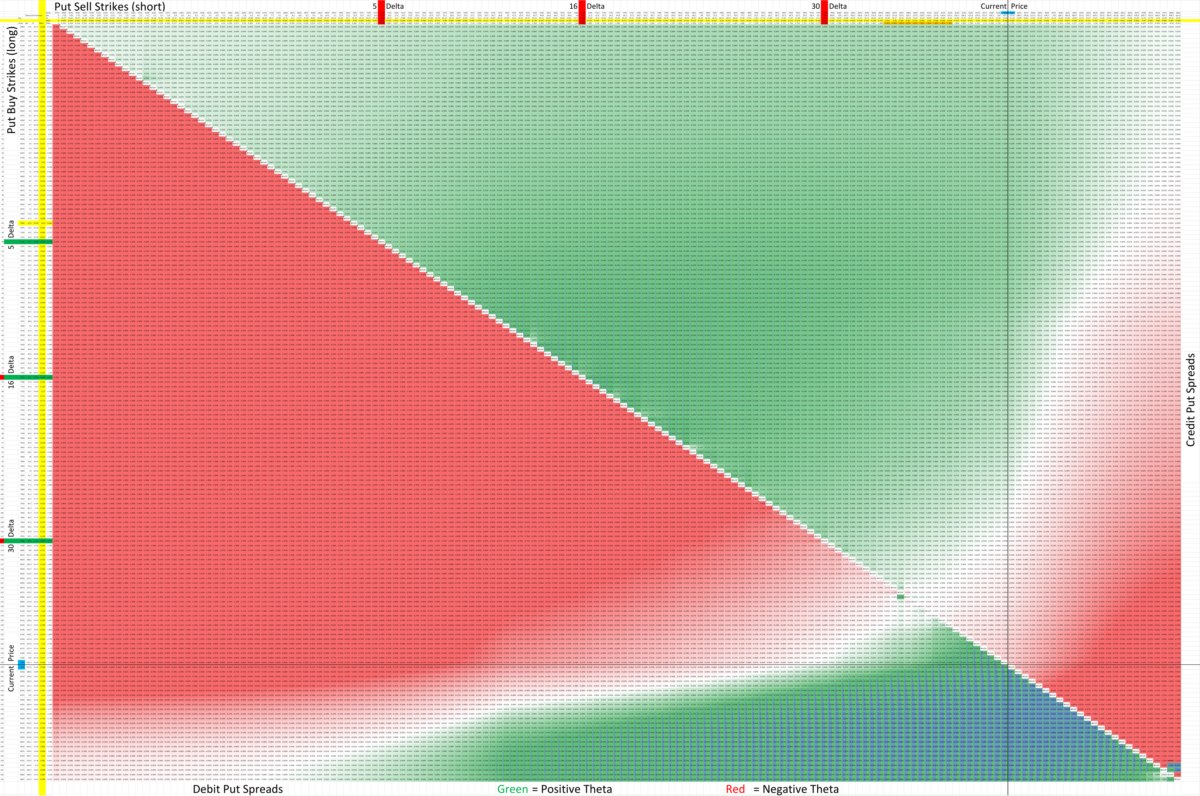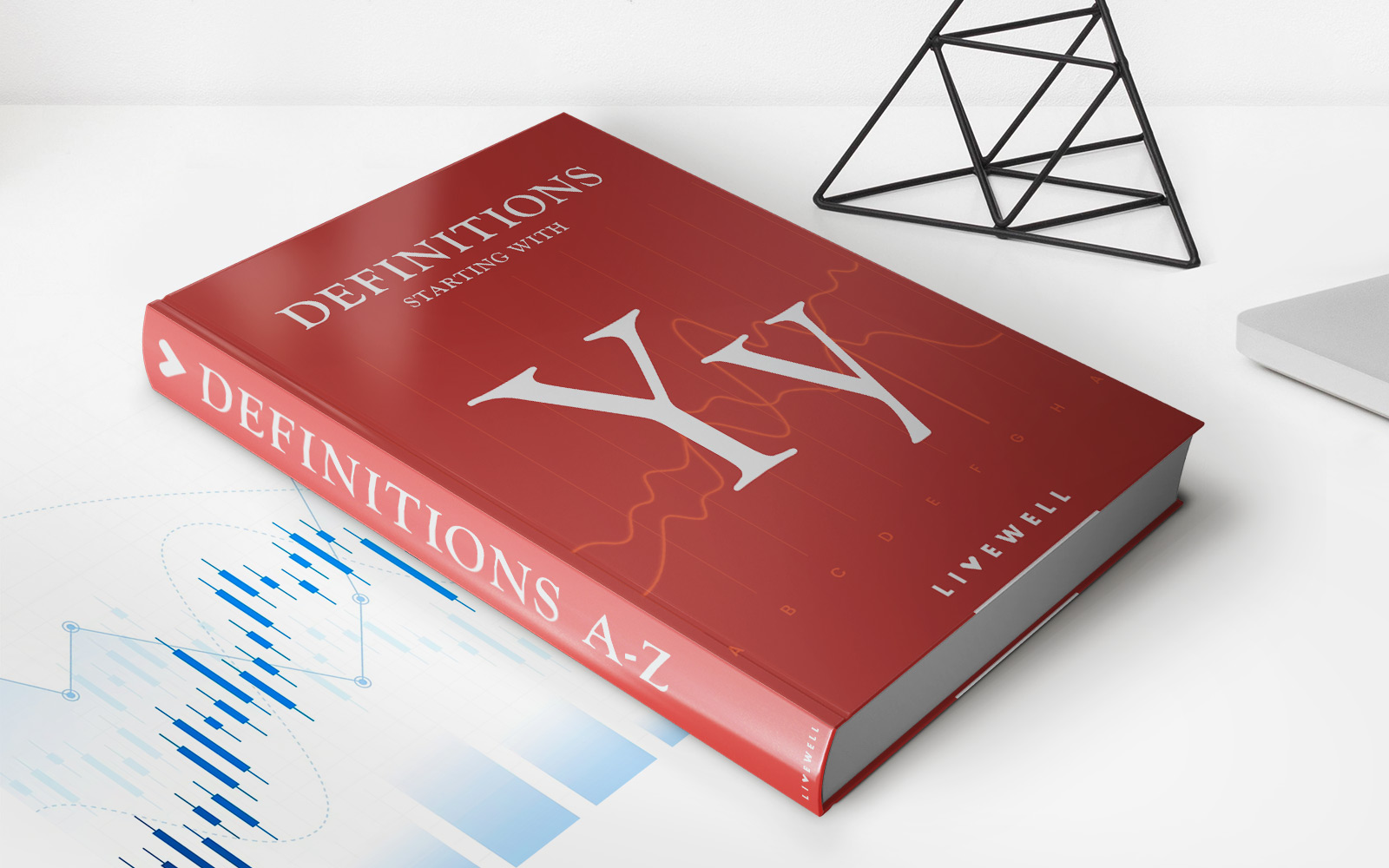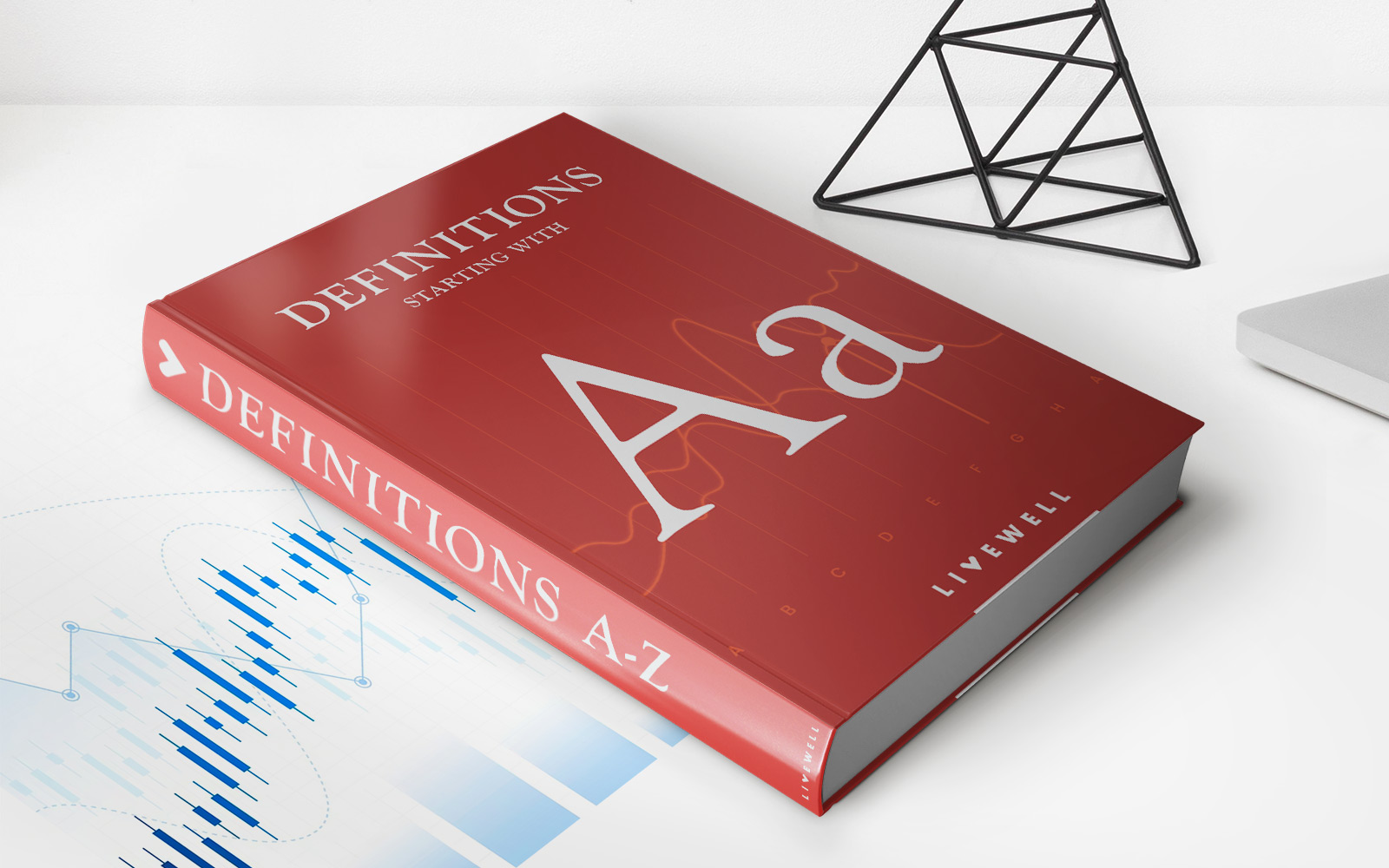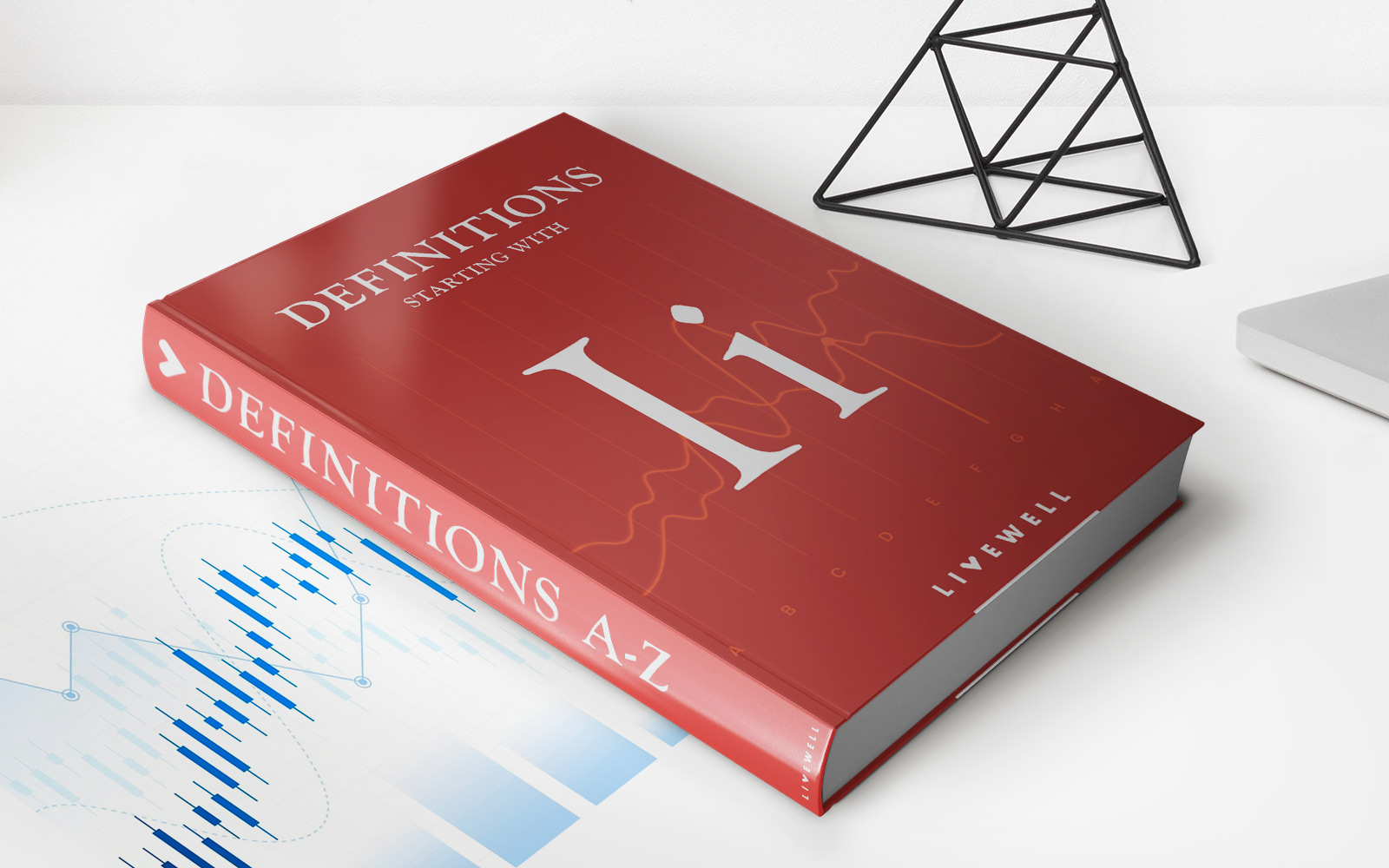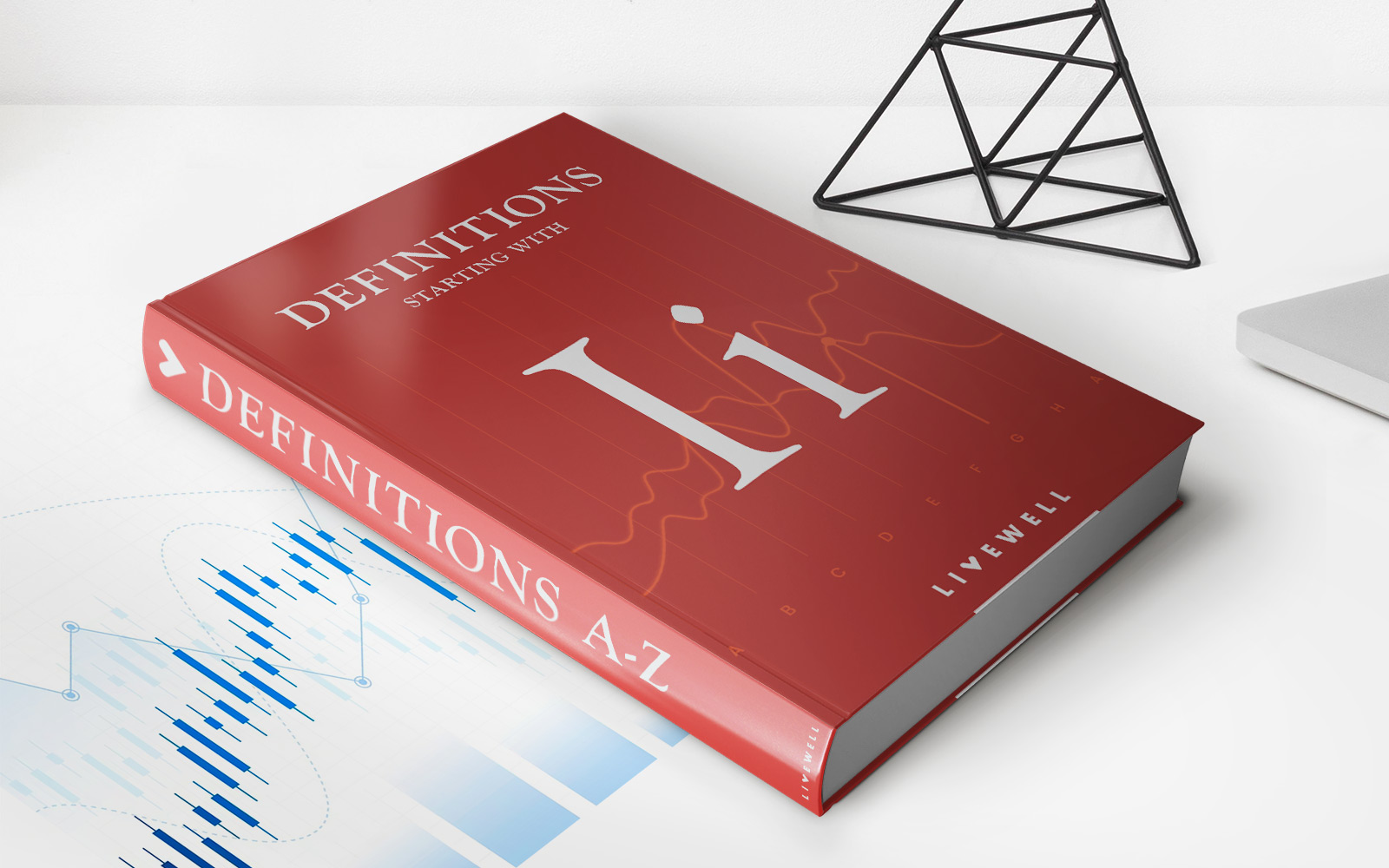

Finance
Intercommodity Spread Definition
Published: December 10, 2023
Discover the meaning of intercommodity spread in finance and how it impacts the market. Learn about its role in diversification and risk management.
(Many of the links in this article redirect to a specific reviewed product. Your purchase of these products through affiliate links helps to generate commission for LiveWell, at no extra cost. Learn more)
The Intercommodity Spread Definition: A Comprehensive Guide
Welcome to our FINANCE category, where we delve into various financial concepts and provide you with valuable insights. In this blog post, we will explore the intercommodity spread definition, a term widely used in the world of finance and trading. If you’ve ever wondered what intercommodity spreads are and how they work, this article is for you. So, let’s dive in!
Key Takeaways:
- Intercommodity spreads involve trading different but related financial instruments.
- These spreads can be used by traders to mitigate risk, capture market inefficiencies, and capitalize on price differentials.
What is an Intercommodity Spread?
An intercommodity spread refers to trading strategies that involve simultaneously buying and selling related but distinct financial instruments, usually within the same market or asset class. These spreads are commonly used in derivative markets, such as futures and options, where multiple contracts with different expiration dates, underlying assets, or related markets are involved.
Intercommodity spreads allow traders to profit from the price differences between related financial instruments. By entering into both long (buy) and short (sell) positions, traders take advantage of market inefficiencies, volatility, and price differentials to generate returns. These spreads can be applied across various commodities, equities, bonds, currencies, or any other tradable instrument where there are related markets or contracts.
How do Intercommodity Spreads Work?
Intercommodity spreads involve the simultaneous buying and selling of different financial instruments. Let’s take an example to illustrate how they work:
Suppose you are a trader interested in the oil market. You believe that the spread between West Texas Intermediate (WTI) crude oil and Brent crude oil will narrow in the future. To profit from this expectation, you enter into a long position in WTI crude oil futures and a short position in Brent crude oil futures simultaneously.
If your prediction is correct and the spread narrows, the value of the WTI crude oil futures will increase more than the Brent crude oil futures. By selling the Brent futures at a higher price and buying back the WTI futures at a lower price, you will realize a profit.
Intercommodity spreads can also be used to manage risk. For example, if a trader holds a long position in one commodity and expects its price to decline, they can hedge their risk by entering into a short position in a related commodity that typically moves in the opposite direction.
Key Benefits of Intercommodity Spreads:
Now that we understand what intercommodity spreads are and how they work, let’s explore the key benefits they offer:
- Risk mitigation: Intercommodity spreads allow traders to hedge their positions, reducing exposure to market volatility and minimizing the impact of unexpected price movements.
- Profit opportunities: By capitalizing on price differentials and market inefficiencies, intercommodity spreads offer traders the potential to generate profits, even in uncertain market conditions.
- Portfolio diversification: Trading intercommodity spreads can provide a way to diversify a trader’s portfolio, as they involve different assets, markets, or contracts.
- Liquidity: As intercommodity spreads involve trading in highly liquid markets, they offer traders enhanced flexibility in executing their strategies.
It’s important to note that intercommodity spreads require thorough analysis, understanding of market dynamics, and careful risk management. Traders should also stay updated on market news and trends related to the instruments they trade.
In conclusion, intercommodity spreads are a popular trading strategy used by financial market participants to capitalize on price differentials and manage risk. By simultaneously trading related but distinct financial instruments, traders can potentially achieve higher returns and diversify their portfolios. However, it’s crucial to approach intercommodity spreads with a clear understanding of market dynamics and to implement appropriate risk management strategies. Happy trading!
